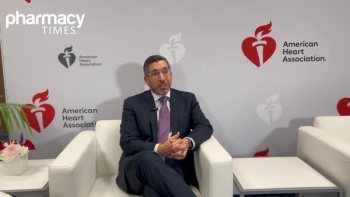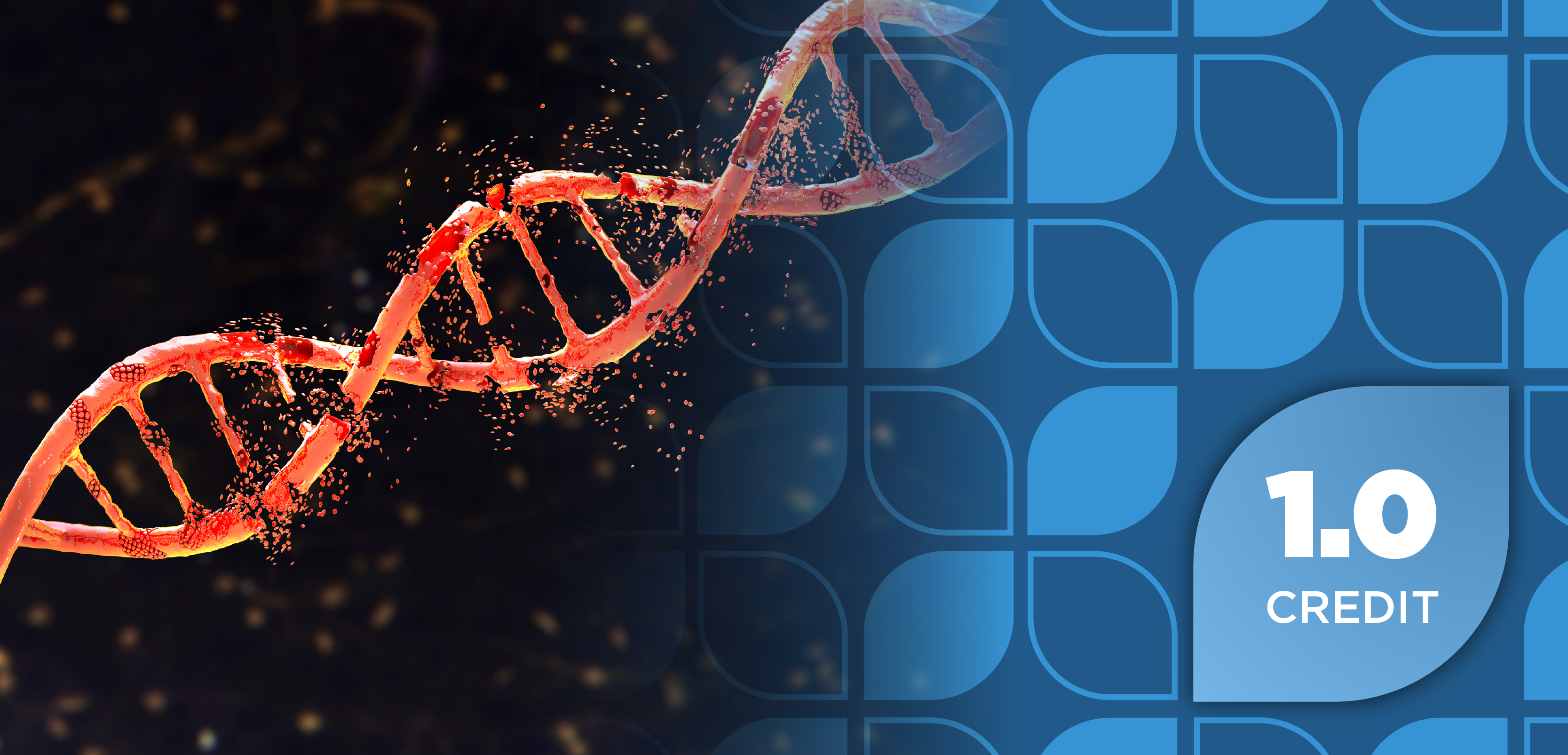
ADA 2025: CagriSema Demonstrates Significant Weight Loss in REDEFINE Clinical Trials
Key Takeaways
- CagriSema demonstrated significant weight loss and metabolic improvements in individuals with obesity, outperforming semaglutide, cagrilintide, and placebo.
- The dual-target approach of amylin and GLP-1 receptor agonists offers a promising strategy for managing obesity and type 2 diabetes.
CagriSema shows promising weight loss and metabolic benefits in recent trials, offering new hope for obesity and type 2 diabetes management.
In the phase 3 randomized, double-blind, multicenter, placebo-controlled REDEFINE 1 and REDEFINE 2 clinical trials, conducted over 68 weeks, CagriSema (Novo Nordisk)—a once-weekly combination therapy of the weight-loss medications semaglutide, a glucagon-like peptide-1 (GLP-1) receptor agonist, and cagrilintide, an amylin analog—demonstrated significant weight loss and metabolic improvements compared with placebo.1,2
The findings were presented in a panel titled “Efficacy and Safety of CagriSema 2.4 mg/2.4 mg in Adults with Overweight/Obesity—The REDEFINE 1 and REDEFINE 2 Clinical Trials,” during the 85th Scientific Sessions of the American Diabetes Association (ADA), held from June 20 to 23, 2025, in Chicago, Illinois. The discussion emphasized a novel dual-target approach—focusing on both amylin and GLP-1 receptor agonists—that shows promise for managing obesity and type 2 diabetes (T2D).1,2
“GLP-1s have demonstrated clinically meaningful reductions in body weight, but despite all these things, individuals with diabetes tend to have less weight-loss response to GLP-1s alone. We don’t know why, but this is a good attempt to really take it further—whatever we can get with semaglutide combined with cagrilintide to further weight loss,” said Julio Rosenstock, MD, of Velocity Clinical Research at Medical City Dallas.1
The panel featured Rosenstock alongside Thomas A. Lutz, DVM, PhD, University of Zurich; Melanie Davies, CBE, MBChB, MD, FRCP, FRCGP, FMedSci, University of Leicester; Timothy Garvey, MD, MACE, University of Alabama at Birmingham; Sue D. Pedersen, MD, FRCPC, DABOM, C-ENDO Clinic Calgary; and Louis J. Aronne, MD, FACP, DABOM, Weill Cornell Medicine. The experts reviewed the efficacy, safety, and clinical implications of REDEFINE 1 and REDEFINE 2, contributing to the evolving understanding of how amylin and GLP-1s interact in regulating metabolism and offering a new strategy for treating obesity and T2D.1
Mechanisms and Interactions of Amylin and GLP-1
Lutz opened the session by highlighting the growing interest in data surrounding amylin and GLP-1 receptor agonists. Amylin, a peptide hormone co-secreted with insulin by the pancreas, primarily acts on the area postrema in the hindbrain to reduce food intake, delay gastric emptying, and suppress glucagon secretion.1
While amylin and GLP-1s share some mechanisms—such as reducing appetite and slowing gastric emptying—Lutz noted differences in other physiological effects, including those on bone health.1
“One important difference, for example, is that amylin has been shown to have a preservation of bone mass—an effect you don’t see with GLP-1s,” he said. “We’re not there yet, but we’re getting there on the uphill side.”1
Preclinical data on the combination of amylin and GLP-1 analogs in non-human primates and rodents indicated greater reductions in food intake and body weight by targeting fat mass while preserving lean mass and reducing metabolic adaptation.1
Overview of REDEFINE 1 and REDEFINE 2
REDEFINE 1
Rosenstock provided an overview of REDEFINE 1, which evaluated the efficacy and safety of once-weekly cagrilintide 2.4 mg combined with semaglutide 2.4 mg (CagriSema) in individuals with overweight or obesity over 68 weeks. The trial enrolled 3400 participants without diabetes but with at least 1 weight-related health condition, such as hypertension or cardiovascular disease. Participants were randomly assigned to receive CagriSema (n = 2108), semaglutide alone (n = 302), cagrilintide alone (n = 302), or placebo (n = 705).1,2
Baseline characteristics included a mean body weight of 106.9 kg, a mean body mass index (BMI) of 37.9 kg/m², a waist circumference of 114.7 cm, and an HbA1c of 5.5%. Primary end points included relative body weight change at 68 weeks and the proportion of participants achieving 5% or more weight loss.1,2
Garvey noted that CagriSema produced clinically meaningful and sustained weight loss compared with semaglutide, cagrilintide, or placebo. Participants receiving CagriSema were more likely to achieve 5% or higher, 20% or higher, and 30% or higher weight reduction and experienced improvements in blood pressure, glycemic control, and lipid profiles.1
“Investigators were allowed some flexibility in dose adjustments to balance efficacy and safety, but regardless of dose adjustments, participants lost significant weight,” Garvey said in a news release. “These findings are relatable to clinical practice, where dosing is often adjusted based on individual needs and clinical judgment.”3
REDEFINE 2
REDEFINE 2 focused on individuals with overweight or obesity and type 2 diabetes. Rosenstock shared that 1200 participants were randomly assigned to receive either CagriSema (n = 904) or placebo (n = 302).1,2
The cohort had an average diabetes duration of 8.5 years, a mean BMI of 36.2 kg/m², a mean body weight of 102.2 kg, a waist circumference of 115.8 cm, and an HbA1c of 8.0%. Medication use included sodium-glucose cotransporter-2 inhibitors (33.4%), sulfonylureas (26.9%), and other oral glucose-lowering agents (51.9%).1,2
Davies presented efficacy findings showing that CagriSema led to significant and clinically relevant weight loss, glycemic improvements (including HbA1c and CGM metrics), and near-normoglycemic control. Participants also showed improvements in cardiovascular risk markers and physical function.1
“These findings represent an important step forward in expanding treatment options for people living with obesity and type 2 diabetes,” Davies said in a news release. “It’s critical that we continue to develop therapies that not only support meaningful weight loss but also help improve glucose control, giving patients more tools to manage their health effectively.”2
Pedersen added that the safety profile of CagriSema 2.4/2.4 mg was consistent with previously reported data for the individual agents. The most common adverse events were mild to moderate gastrointestinal symptoms, with no new safety concerns observed.1
“These are spectacular results,” Aronne said. “I keep hearing people talk about best-in-class. This is now right there as best in class.”1
REFERENCES
1. Rosenstock J., Lutz T., Davies M., Garvey T., Pedersen S., Aronne L., “Efficacy and Safety of CagriSema 2.4mg/2.4mg in Adults with Overweight/Obesity—The REDEFINE 1 and REDEFINE 2 Clinical Trials.” Presented: 85th Scientific Sessions of the American Diabetes Association; June 22, 2025; Chicago, Illinois.
2. CagriSema Demonstrates Significant Weight Loss in Adults with Obesity. American Diabetes Association. News release. June 22, 2025. Accessed June 22, 2025.
3. CagriSema 2.4 mg / 2.4 mg demonstrated 22.7% mean weight reduction in adults with overweight or obesity in REDEFINE 1, published in NEJM. Novo Nordisk. June 22, 2025. Accessed June 22, 2025. https://www.novonordisk-us.com/media/news-archive/news-details.html?id=916354
Newsletter
Stay informed on drug updates, treatment guidelines, and pharmacy practice trends—subscribe to Pharmacy Times for weekly clinical insights.















































































































































































































